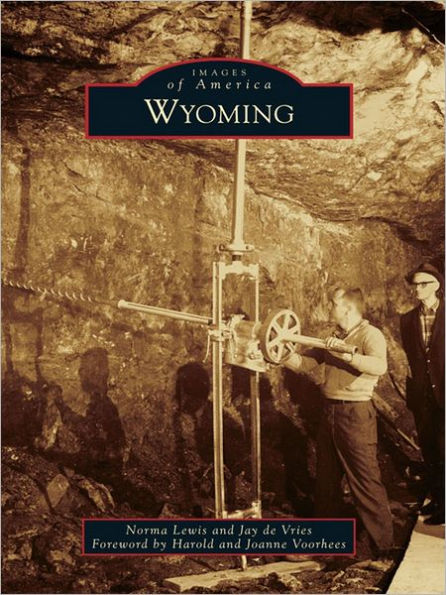Wyoming
Wyoming, Michigan, became a city in 1959, the same year Alaska and Hawaii became states, but its history began more than a century earlier. The first permanent settlers came in 1832, and in 1848, the region split, with the northern portion becoming Wyoming and the southern, Byron Center. Wyoming flourished. The farmers came first with the businesses that supported them. Industry followed. The various gypsum mines were among the earliest arrivals. General Motors built a stamping plant on Thirty-sixth Street that helped pull the township out of the Great Depression in 1936. It was a success, so the company built a diesel plant on Burlingame Avenue. Reynolds Metals, Steelcase, Light Metals, Bell Fibre, and others found Wyoming a good place to relocate. People wanted to live where they worked, and that meant an ever-increasing number of houses were built, followed by additional schools, churches, shops, and restaurants. Rogers Plaza was West Michigan's first enclosed mall. Though often contentious, the local government did its best to live up to an ambitious slogan, "Wyoming: the City of Vision and Progress."
"1100570451"
Wyoming
Wyoming, Michigan, became a city in 1959, the same year Alaska and Hawaii became states, but its history began more than a century earlier. The first permanent settlers came in 1832, and in 1848, the region split, with the northern portion becoming Wyoming and the southern, Byron Center. Wyoming flourished. The farmers came first with the businesses that supported them. Industry followed. The various gypsum mines were among the earliest arrivals. General Motors built a stamping plant on Thirty-sixth Street that helped pull the township out of the Great Depression in 1936. It was a success, so the company built a diesel plant on Burlingame Avenue. Reynolds Metals, Steelcase, Light Metals, Bell Fibre, and others found Wyoming a good place to relocate. People wanted to live where they worked, and that meant an ever-increasing number of houses were built, followed by additional schools, churches, shops, and restaurants. Rogers Plaza was West Michigan's first enclosed mall. Though often contentious, the local government did its best to live up to an ambitious slogan, "Wyoming: the City of Vision and Progress."
16.49
In Stock
5
1

Wyoming
128
Wyoming
128
16.49
In Stock

Product Details
| ISBN-13: | 9781439641064 |
|---|---|
| Publisher: | Arcadia Publishing SC |
| Publication date: | 12/13/2010 |
| Series: | Images of America Series |
| Sold by: | Barnes & Noble |
| Format: | eBook |
| Pages: | 128 |
| File size: | 44 MB |
| Note: | This product may take a few minutes to download. |
About the Author
From the B&N Reads Blog
